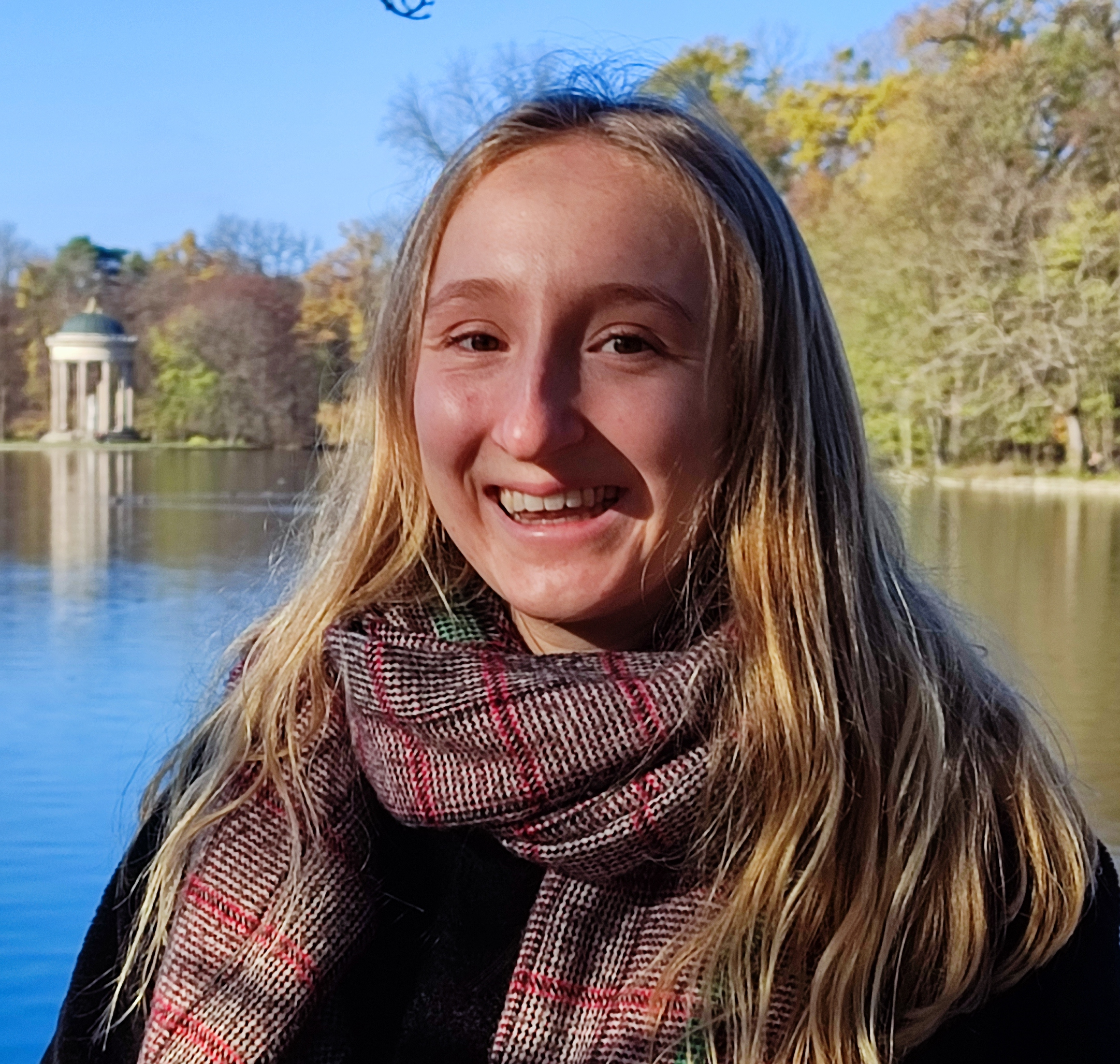Decin et al. 2020; ALMA observations of AGB outflows revealing a high degree of complexities and deviations from spherical symmetry.

High-resolution observations of the ATOMIUM ALMA large program, from a sample of 14 AGB stars, with a spread in mass and evolutionary phase.
These observations reveal that the outflows of AGB stars contain a large diversity of complex structures such as spirals, arcs, bipolarity and disks.
A main mechanism shaping these assymetric structures is the interaction of the outflow with stellar and/or planetary companions that are hidden within the wind.










